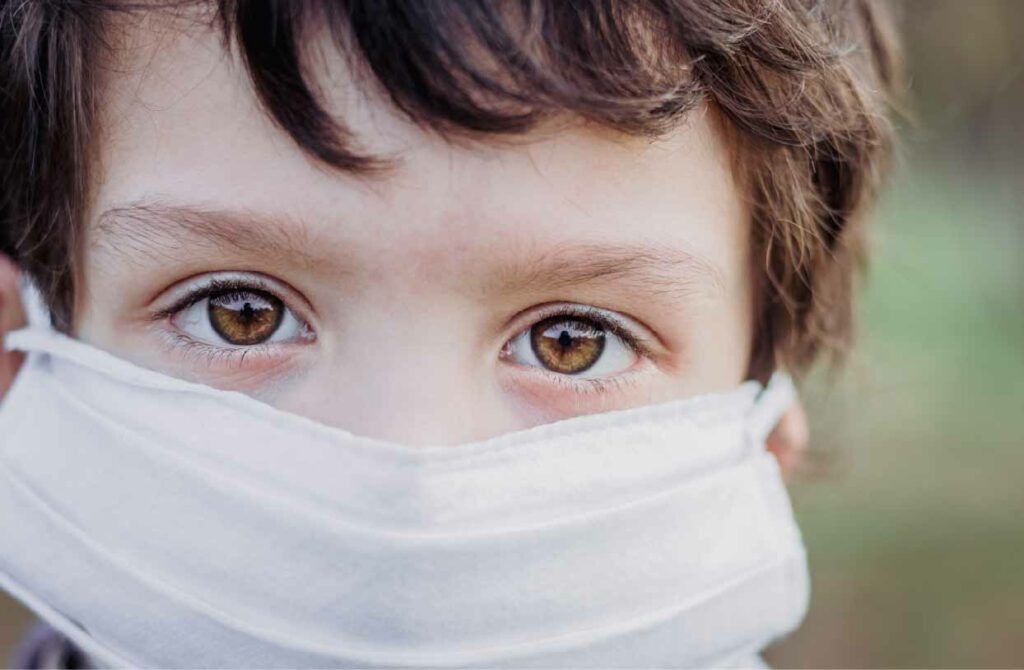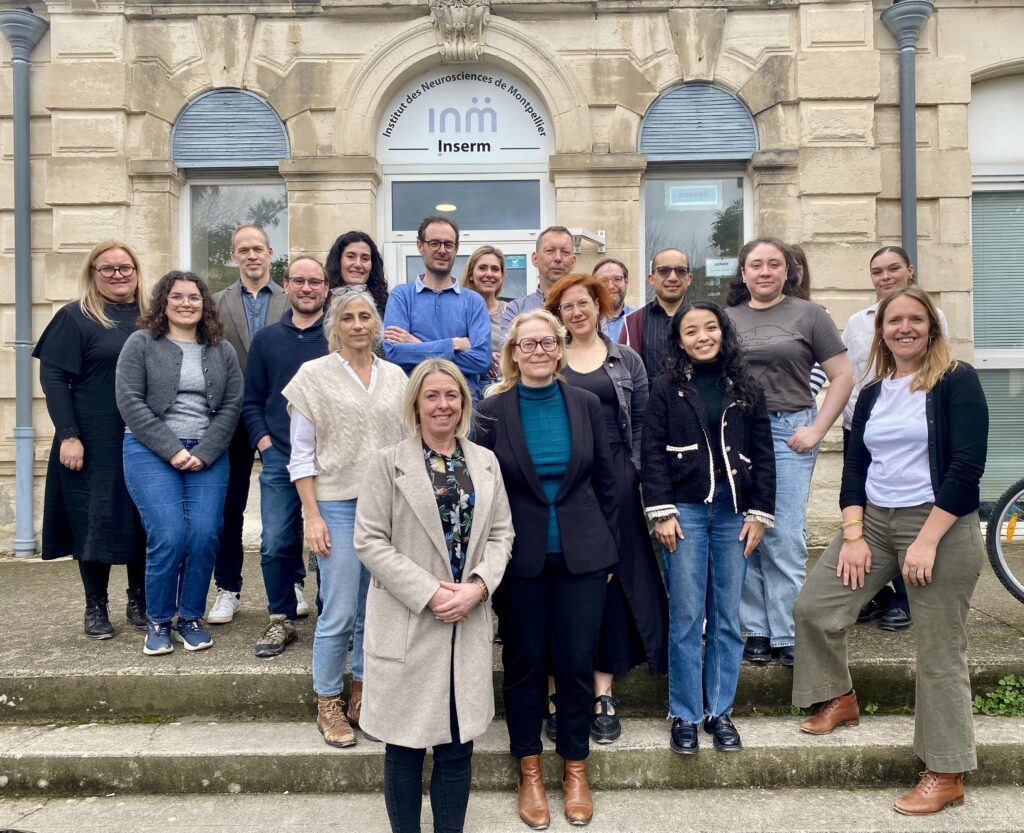Press Release
Up to 88 different pollutants found in Luxembourg children’s hair
Ground-breaking LIH study seeks to improve measures to shield children from exposure to pollution

Despite the well-documented health risks posed by contact to chemical pollutants during childhood, children’s chemical exposure has yet to be appropriately explored and defined. In this all Luxembourg study, Luxembourg Institute of Health Prof Brice Appenzeller of the Department of Precision Health not only used hair analysis to reveal the multitude of pollutants children are regularly exposed to, but he distinguished their primary sources in an effort to establish preventative measures that would limit children’s proximity to these dangerous substances.
The specific physiology and behaviour of children makes them particularly vulnerable to chemical exposure, with multiple negative effects on their health. Among others, exposure to chemical pollutants in children has been associated with neurological diseases, developmental issues, hormonal disruption, respiratory and cardiovascular disorders, cancer and obesity. Yet the complete effects of chemical exposure in children remain poorly defined as most epidemiological studies exploring these aspects have been conducted on adult populations. As explained by Prof Brice Appenzeller, group leader of the Human Biomonitoring Research Unit at the Luxembourg Institute of Health: “The effects of chemical exposure in children could strongly differ from the ones in adults because of their behavioural and physiological differences. Although children are smaller, their surface-to-volume ratio is three times higher than in adults, they have periods of fast growth and they tend to consume more food per unit of weight than adults.”
Hoping to help define more efficient prevention measures specifically targeted to children, Prof Appenzeller’s team sought to better understand the chemical pollutants children were exposed to. The all Luxembourg study collected hair samples from 256 resident children below 13 years of age. The samples were tested for 153 compounds, including pesticides and other chemical products found in manufacturing like polychlorinated biphenyls (PCBs), decabromodiphenyl ether (BDE) and bisphenols. A questionnaire was used to gather information on the children life-styles, such as whether they had any pets at home, where they lived and what they ate.
“The present study demonstrates that children are simultaneously exposed to multiple pollutants from different chemical classes,” highlighted Ph.D. scholar Alba Iglesias-González, first author of the study. Indeed, results showed that each child had a median of 61 compounds in their hair, ranging from 29 to 88 per sample. The highest concentration was of Bisphenol A (BPA), commonly used in the manufacturing of plastics, which was observed at 133.6 pg/mg. Despite persistent organic pollutants having been banned in Europe for over 20 years, they were found in over half the samples, suggesting that Luxembourg’s strong industrial past combined with the long degradation time of these chemicals could be causing continued exposure in children. Pesticides were also frequently detected in all samples.
Interestingly, exposure to pollutants was found to be higher at younger ages, and boys were more exposed to non-persistent pesticides than girls. It is suspected that this is due to physiological and behavioural dimorphism between sexes. In addition, children consuming primarily an organic diet had a significantly lower concentrations of 17 types of pollutants in their hair. Whether the children lived in urban versus rural areas mostly affected the type of pollutant they were exposed to, rather than the quantity. At the same time, presence of pets in the house was found to expose children to chemicals present in anti-parasites applied to pets, the latter posing risks such as eye, skin and respiratory reactions even with short-term exposure. Out of 153 compounds tested, only 17 pollutants were not detected in any samples.
The extensive number of pollutants detected demonstrates that, like adults, children are subjected to simultaneous exposure to multiple pollutants from different chemical families. The results obtained here set the basis for further investigations to better understand the contribution of the different sources of exposure to pollutants in children. Furthermore, the present work provides insights into the identification of the determinants of exposure and suggests possibilities for interventions aiming to reduce it,
concludes Prof Appenzeller.
This pioneering study was the first of its kind to investigate children’s chemical exposome (the sum of what children are exposed to over time) and the determinants of exposure by means of hair analysis in Luxembourg. Hair is able to store parent chemicals and metabolites for longer periods than urine and blood, making it particularly suitable to study chronic pollutant exposure. In addition to revealing the multitude of pollutants children are exposed to, this study confirmed the suitability of hair to investigate exposure, laying the foundation for further investigations to improve the understanding of the determinants of chemical exposure in children.
The full analysis and results were recently published in the top journal Environment International under the full title: “Investigating children’s chemical exposome – Description and possible determinants of exposure in the region of Luxembourg based on hair analysis.”
Funding and collaborations
The study was supported by the KriibsKrank Kanner Foundation, and co-supported by the Luxembourg Ministry of Agriculture.
About the Luxembourg Institute of Health (LIH)
The Luxembourg Institute of Health (LIH) is a public biomedical research organization focused on precision health and invested in becoming a leading reference in Europe for the translation of scientific excellence into meaningful benefits for patients.
LIH places the patient at the heart of all its activities, driven by a collective obligation towards society to use knowledge and technology arising from research on patient derived data to have a direct impact on people’s health. Its dedicated teams of multidisciplinary researchers strive for excellence, generating relevant knowledge linked to immune related diseases and cancer.
The institute embraces collaborations, disruptive technology and process innovation as unique opportunities to improve the application of diagnostics and therapeutics with the long-term goal of preventing disease.







